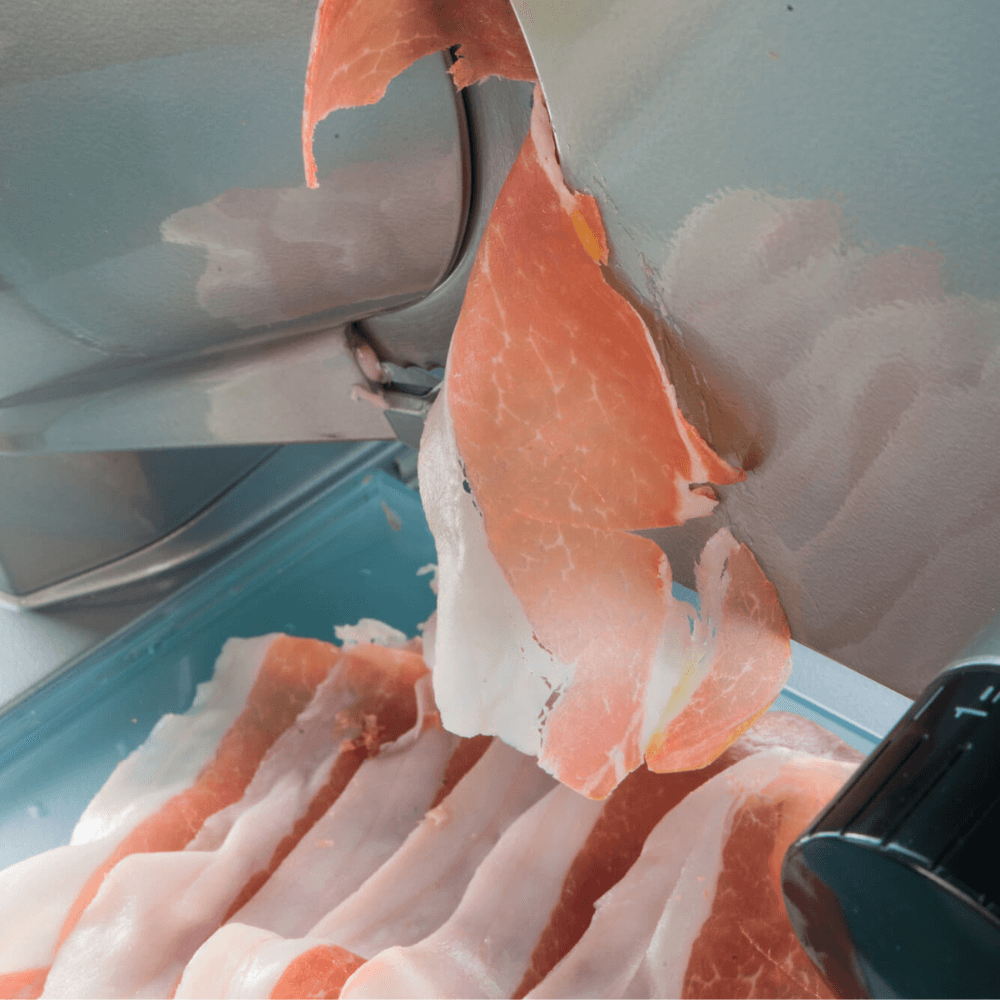Whether you're a home cook or a professional chef, achieving consistent and thin meat slices is a desirable skill that can elevate your culinary creations. While a sharp knife can certainly get the job done, using a meat slicer can provide unparalleled precision and efficiency.
In this micro-post, we will explore the techniques and tips to help you achieve consistent and thin meat slices using a meat slicer. From choosing the right slicer to mastering the slicing technique, we will cover everything you need to know to create perfectly sliced meats for your dishes.
Choose a High-Quality Meat Slicer
To achieve consistent and thin meat slices, it's essential to invest in a high-quality meat slicer. Look for a slicer that is specifically designed for slicing meats, as it will have features optimized for this purpose. Consider factors such as blade sharpness, motor power, adjustable thickness control, and overall build quality. Research different models, read reviews, and choose a slicer known for its precision and durability.
If you're looking for guidance in selecting the perfect meat slicer for your home kitchen, we invite you to explore our article titled "A Beginner's Guide to Choosing the Ideal Meat Slicer for Your Kitchen." This comprehensive guide provides valuable information and tips to assist you in making an informed decision.
Preparing the Meat
Properly preparing the meat before slicing is essential for achieving consistent results. Follow these steps:
Chill the meat: Place the meat in the refrigerator for a short period before slicing. Slightly chilled meat is easier to handle and results in cleaner cuts.
Trim excess fat: Remove any excessive fat from the meat before slicing. Fat can affect the texture and consistency of the slices.
Partially freeze for thin slices: If you want paper-thin slices, consider partially freezing the meat. This technique firms up the meat, making it easier to slice thinly.
Adjusting the Slicer's Thickness Setting
Most meat slicers come with an adjustable thickness control feature. Properly adjusting this setting is crucial for achieving consistent and thin meat slices. Here's how to do it:
Start with a thicker setting: Begin with a thicker cut and gradually decrease the thickness until you achieve the desired thinness. This allows for precise adjustments without going too thin too quickly.
Secure the thickness adjustment: Make sure the thickness adjustment is securely locked in place to avoid unintentional changes during slicing.
Slicing Technique
Mastering the right slicing technique is the key to achieving consistent and thin meat slices. Here are some tips to keep in mind:
Position the meat properly: Place the meat securely on the slicer's carriage, aligning it with the blade for even slicing.
Use the food pusher: Guide the meat towards the blade using the food pusher. It helps with slicing and keeps your hands safe.
Maintain steady pressure: Apply consistent pressure on the food pusher to ensure uniform thickness throughout the slices.
Slice in one fluid motion: Avoid starting and stopping, using a continuous and fluid motion for smooth, even slices.
Take breaks if needed: Allow short breaks to prevent overheating and ensure the slicer's optimal performance.
Safety Precautions
Operating a meat slicer requires careful attention to safety. Keep these precautions in mind:
Read the manual: Familiarize yourself with the specific safety guidelines provided by the manufacturer.
Use protective gear: Wear cut-resistant gloves and safety glasses to protect yourself from potential injuries.
Unplug when not in use: Always disconnect the slicer from the power source when not in use or during cleaning to avoid accidents.
Cleaning and Maintenance
Proper cleaning and maintenance of your meat slicer are crucial for its longevity and performance. Follow these steps:
Unplug the slicer: Disconnect the slicer from the power source before cleaning to prevent accidents.
Disassemble and clean: Wash the removable parts using warm, soapy water, paying special attention to the blade.
Sanitize: Use a food-safe sanitizer to disinfect the slicer's parts and surfaces that come into contact with the meat.
Lubricate moving parts: Apply food-grade lubricant to ensure smooth operation.
Store properly: Store the slicer in a clean, dry area after cleaning and drying to prevent damage and maintain hygiene.
Achieving consistent and thin meat slices requires the right tools, techniques, and attention to safety. By selecting a high-quality meat slicer, adjusting the thickness setting, mastering the slicing technique, and following proper cleaning and maintenance procedures, you can consistently create beautifully sliced meats that enhance the taste and presentation of your culinary creations.
Further Reading
- For those seeking an exceptional meat slicer, we invite you to peruse our article showcasing the best meat slicers available.
- Experience Blain's Farm & Fleet's informative piece: "5 Ways to Use Your Meat Slicer Smarter." Discover astute methods to elevate your meat slicing proficiency and make the most of your slicer.



